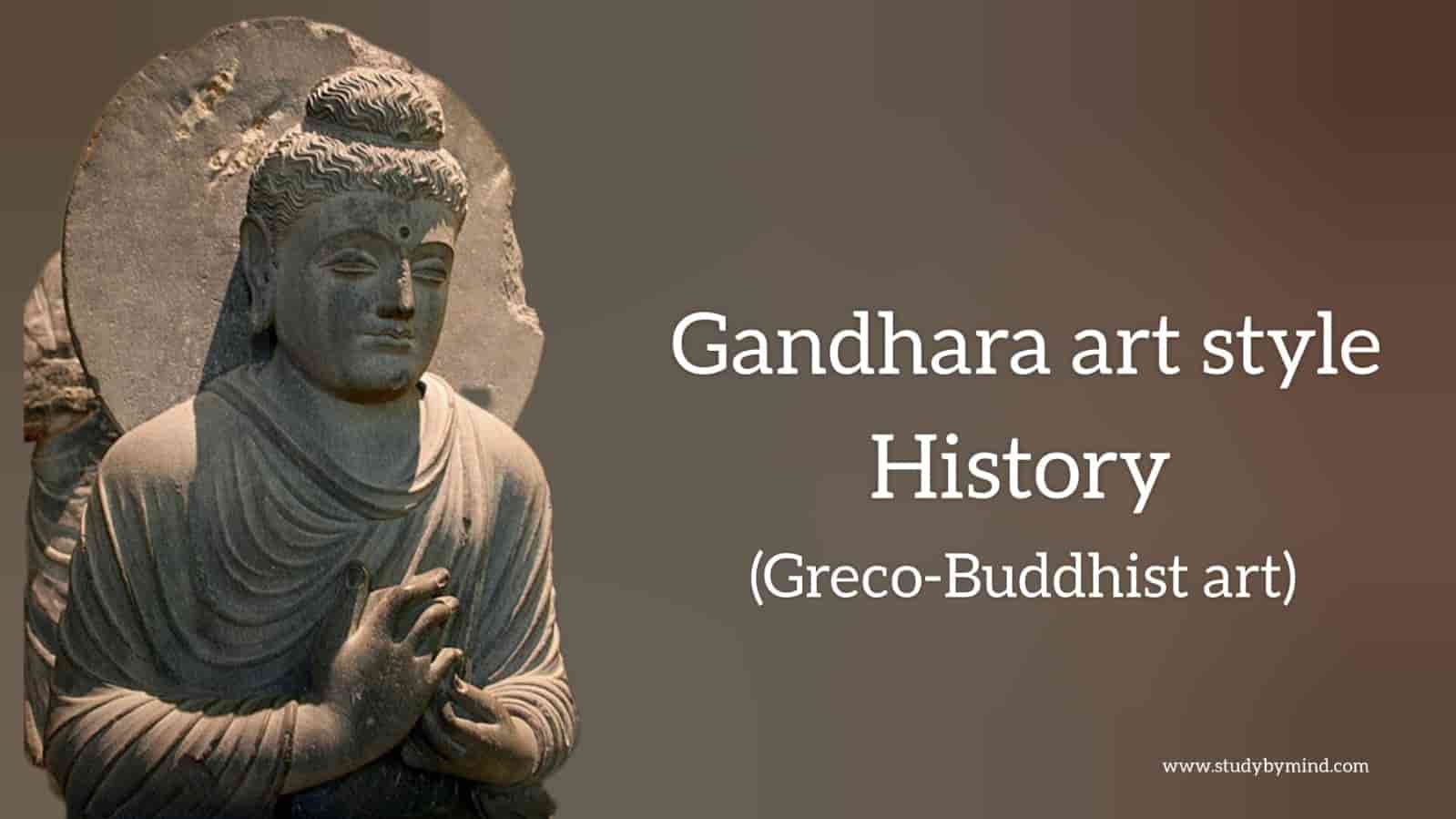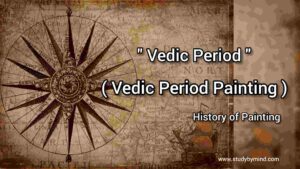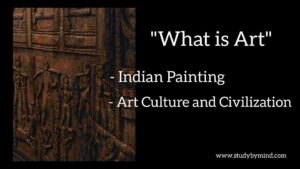what is gandhara style
Mahayana Buddhism started as soon as Kanishka became the emperor in the Kushan kingdom. Gandhara art in english – As a result, the image of Lord Buddha started being depicted in the form of a statue or picture, and there was no religious arrangement on the marking of Buddha. Statues of Buddha were made during the Kanishka period and the style of these statues was more Greek. This type of sculptures were made in areas like Peshawar, Rawalpindi, Taxila etc. These areas were under the limits of Gandhara state, hence this style has been called Gandhara style.
Gandhara art in hindi – ” Click here “
Table of Contents

gandhar shaili in english, gandhar shaili history, gandhar shaili story, gandhar shaili photo, Gandhara art in english (Greco buddhist art)
Prevalence of Buddha image in Gandhara style
The theme of these sculptures is Indian Buddhism but the style has Greek and Roman influences. These artists created sculptures based on stories related to the life of Buddha and Jataka tales. The postures of Buddha in these statues are Indian like Abhaya Mudra, Gyan Mudra, Dhyana Mudra or Dharma Chakra Pravartan Mudra etc. But the clothes, costumes and adornments in these idols are foreign. Buddha had cut his hair before doing penance. But foreign artists of Gandhara style have also shown curly hair in the statues of Buddha absorbed in penance. There is no sense of spirituality visible in these statues. The main postures of Buddha are either harsh enough or very sweet. Through this art style, Buddhism spread widely in the advanced western frontier region. Many scholars are of the opinion that Gandhara sculpture style was born inspired by painting. This style spread to Central Asia. The rise of the Gupta dynasty marked the beginning of the golden age of Indian history.
More about Gandhara art – ” Click here “
Gupta Dynasty (275 – 520 AD)
The Gupta dynasty was founded by King Shri Gupta, whose period has been fixed between 275 – 300 AD. After that his son Ghatotkacha Gupta and after him Chandragupta became the first ruler. Emperor Chandragupta ruled the Gupta era, which started on 26 February 320 AD. After that, after Vijay Samrat Samudragupta and Ram Gupta, Chandragupta II remained the ruler of the Gupta state. This ruler was a follower of Hindu religion but was liberal towards Buddhism. The Gupta emperor was a lover of literature, art and craft and he himself was adept in the arts. The Gupta era was very great in the field of architecture and crafts. The art of this era is based on classical principles. The best works of Ajanta were created during this period.

promotion of buddhist art
Buddhism was propagated mostly on the basis of Tulika’s spirit. The importance of pen and paper came later. The value traditions of this religion are pictorial. As the public’s curiosity about Buddhism increased, Buddhist monks adopted art to propagate the religion. Groups of Buddhist monks went to distant places to preach religion. He propagated the teachings of Buddha and made painting a medium of religious propagation. Long wall paintings in which the biography and teachings of Buddha were written and Buddhist monks could easily fold them and carry them on long journeys. For this reason, wall paintings were used extensively by monks in Tibet, China and Japan to spread the religious life and knowledge of Gautam Buddha.
The painted flags called ‘Thanka’ found in the temples of Tibet and Nepal are a form of Pat Chitra. The symbolic and figurative language of art was a natural means of communicating feelings among people of different castes; other means of communication were not possible at this time. A feeling of immense reverence, faith, respect and honor for Buddhism arose in China, and after 67 AD, an Indian monk Kashyap Bhadung went to the Far East on the request of China’s Emperor Mingti. There were many artefacts with it, including pictures. Such artworks appear to be made by Chinese artists. This type of characteristics are present in their best form in the wall paintings of Ajanta, Badami and Bagh.
Due to the cruel attacks of time, countless art works were damaged or lost, yet examples of wall painters of this time have been found in India. These paintings have all the characteristics of the Buddhist period and this period can be considered a ritualistic institution of art. Just as India is the birthplace of Buddha, the originator of Buddhism, similarly it is also certain that India is also the origin place of paintings related to Buddhism. The followers of Buddhism and the managers of Chaityas provided patronage to the best artists. The gradual progress of progress and development of this art style is clearly visible in the grand paintings of Ajanta. In these paintings, the art of both the initial and final stages of this period is visible.
FAQ Section
Q. What are the characteristics of Gandhara style?
Ans. An attempt has been made to make the statues of Buddha very beautiful in the Gandhara art style. In the statues, Buddha is depicted very beautiful with curly hair, a halo behind his head, pleated clothes and wearing slippers.
Q. What is Gandhara style?
Ans. Gandhara art style is a famous ancient Indian art. And this art is mentioned in Vedic literature. The statues of Buddha have been described in Gandhara style.
Q. Why is Gandhara art famous?
Ans. The subject matter of Gandhara art was Indian, but the art style was Greek and Roman. And in these the statue of Buddha has been described in a very beautiful manner.
Q. Where is Gandhara art in India?
Ans. In India, Gandhara art is also visible in the paintings of Ajanta caves, Bagh, Badami and Sittanavasal.
see also
Buddhist period art history (art of cave temples – 50 AD to 700 AD) – ” Click here “
Art of Indus Valley Civilization – Painting – ” Click here “
Jogimara cave and painting – ” Click here”



